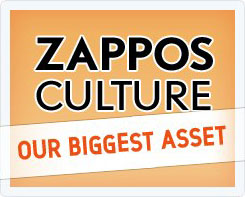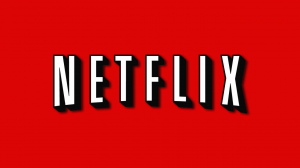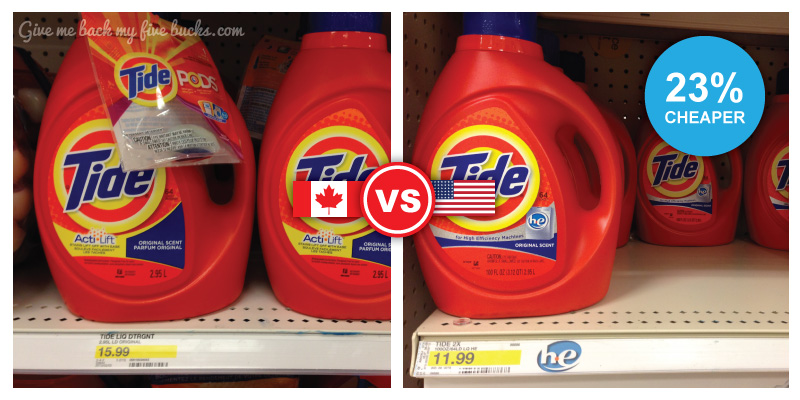The United Nations and social enterprise share a common goal of providing stability for third world countries. However, their way of achieving this goal is significantly different. These differences can be coined by the universal saying “Give a man a fish and you feed him for a day. Teach a man to fish and you feed him for a lifetime,” meaning that it is more worthwhile to teach someone to do something than to do it for them.
The United Nations focuses on providing immediate help and support to impoverished communities, primarily through funding and stability of the economy and governmental systems. However, the solutions they offer are not long term solutions because of the lack of guidance given with funding. On the other hand, the Arc Initiative and social enterprise provide long-term support through education and personal assistance. By operating on a more intimate level with individuals, for example through workshops such as those set up by the Arc Initiative, students from the Sauder School of Business impart business knowledge and expertise to provide social entrepreneurs with the proper decision making tools to run their business more successfully. With this knowledge, social entrepreneurs are empowered to become economically self-sufficient, rather than relying on external aid.
For this reason, there will always be a need for social enterprise, because although the funding provided by the United Nations helps solve short-term issues, the knowledge and opportunity provided by social enterprise is more valuable and sustainable in the long run.

Image Source:
http://www.sauder.ubc.ca/Global_Reach/ARC_Initiative/~/media/7709ACA7C07A4EEC8 AABC811569677B5.ashx











